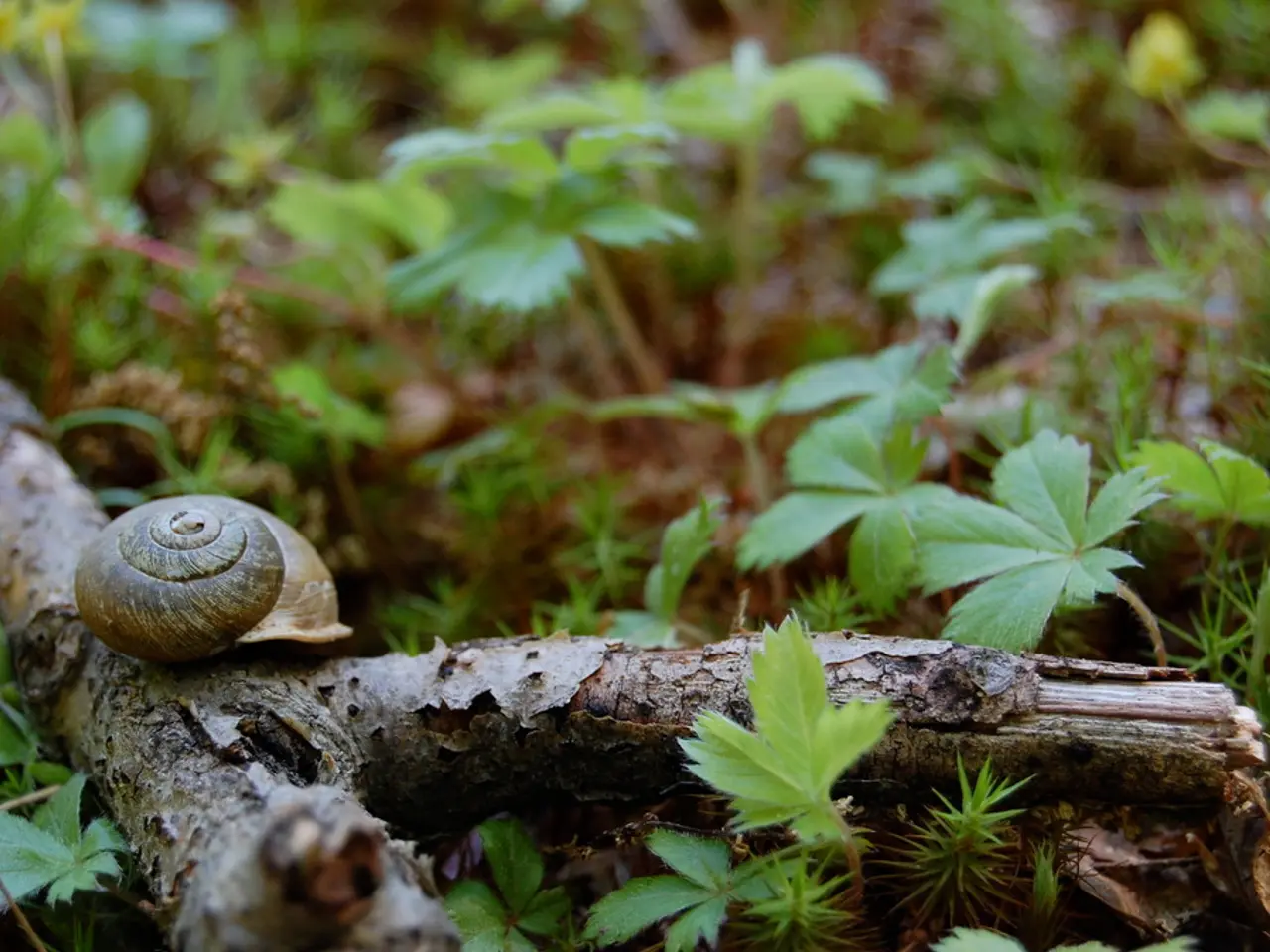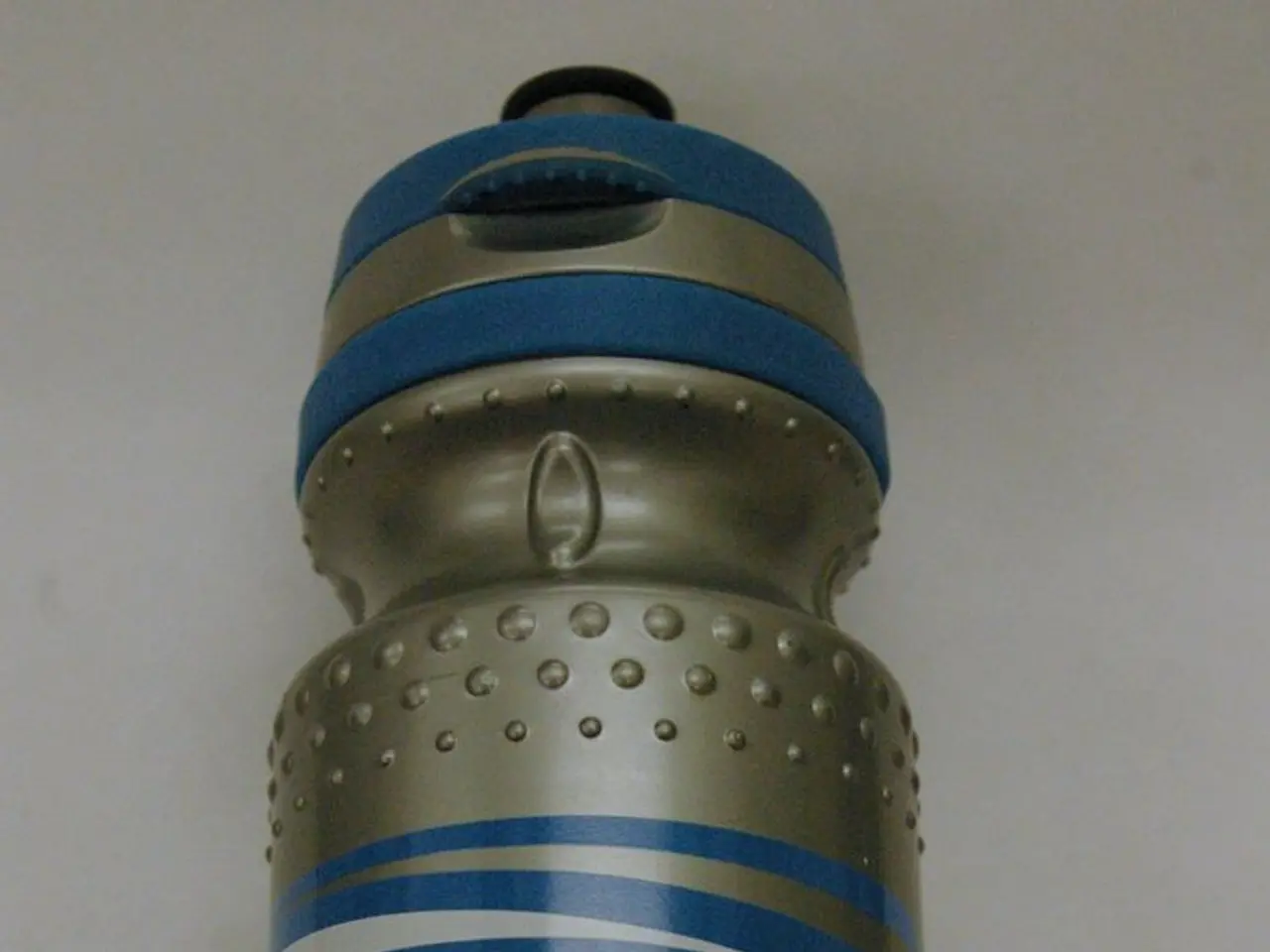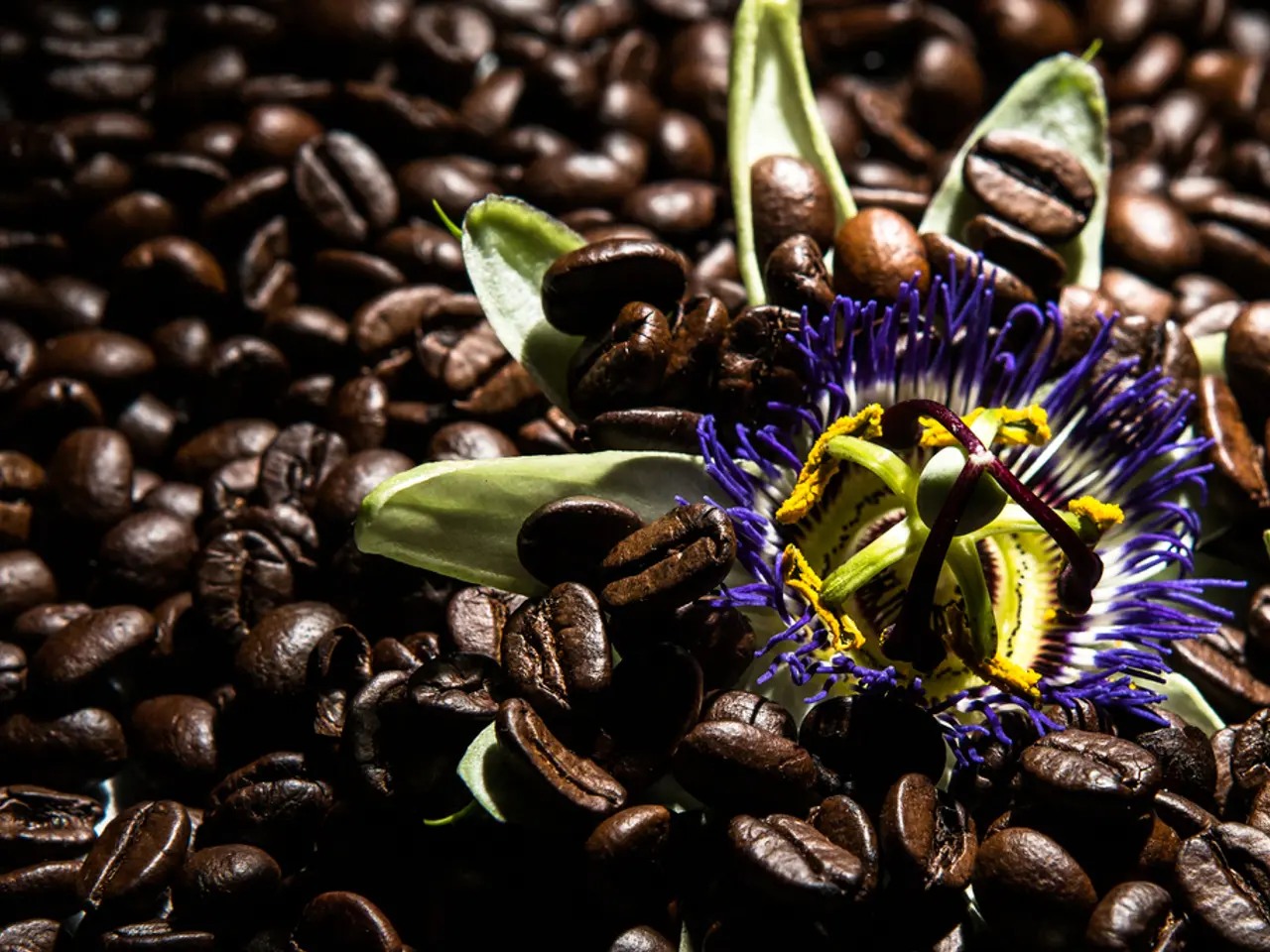Tiny Terrorestrial Wonders: The Dazzling Dwarf Purple Isopods
Comprehensive Guide on Keeping Dwarf Purple Isopods (Trichoniscidae) in a Bioactive Setup
Get ready to meet the minuscule marvels that will amaze you - the diminutive Dwarf Purple Isopods. Whether you're an inquisitive hobbyist or a seasoned bioactive terrarium enthusiast, these stealthy, almost undetectable critters are your next big thing!
What Makes Dwarf Purple Isopods So Compelling?
From their unparalleled camouflage to their incredible adaptability and proliferation, these Costa Rican "micro-pods" are truly a force to be reckoned with. Here's why they might just be the most versatile isopod species:
- Size: Typically measuring a mere 2-4mm, they are the smallest isopods available in the market. They can easily fit into even the smallest of containers. With their subtle purple camouflage, they can blend seamlessly into the surrounding soil and substrate, making them almost invisible to the naked eye.
- Bioactive Capabilities: Their active and efficient nature makes them the perfect background cleanup crew in a bioactive terrarium or vivarium.
- Tropical Terrarium Suitability: As natives of South and Central America, they're a natural fit for tropical terrarium conditions. They can thrive in varied terrarium sizes, from small-planted enclosures to larger vivariums.
- Rapid Reproduction: With the handy genetic advantage of parthenogenesis, the females can reproduce without males. This means a rapid increase in population, allowing them to colonize a project swiftly.
- Feeder Insect Potential: Due to their small size and speedy reproduction, they make excellent feeder insects for dart frogs.
So, are you ready to welcome these incredible, pint-sized helpers into your living world? Let's dive in!
Dwarf Purple Isopods vs. Dwarf White Isopods:Mapping the Differences
While Dwarf White and Purple Isopods share many similarities, there are some key distinctions to consider:
- Size: Dwarf Purples are indeed smaller than their white counterparts, with an average length of 3mm compared to 5mm for the whites. Besides their size difference, they're a bit thinner, making them visually more distinct as you get down to their scale.
- Reproduction Rate: Some claim that Dwarf Purples are more prolific than their white counterparts; however, this is a topic of debate, with accounts of success for both species in various projects.
- Burrowing: Typically, Dwarf Whites burrow to avoid being eaten, making them a popular choice for animal vivariums. However, recent findings suggest that Dwarf Purple Isopods also display burrowing behavior, similar to their white counterparts.
Ultimately, the differences between these two species are modest compared to their remarkable similarities.
Caring for Your Dwarf Purple Isopods
To ensure the health and happiness of your Dwarf Purple Isopods, it's essential to cater to their environment, diet, and other needs:
Temperature and Humidity
Being tropical natives, these creatures thrive in hot and humid terrariums. To replicate their native environment, ideally, maintain a temperature range around 70-85°F (21-29°C) and humidity levels between 25-50%.
Habitat and Substrate
A bioactive terrarium with a living soil substrate is ideal, as it recreates the natural environment for the isopods. The substrate should be rich, organic, and inoculated with beneficial microbes and organisms to ensure a thriving ecosystem for your Dwarf Purple Isopods. A gradient within the habitat, where one side is dry and the other is damp, will allow the isopods to self-regulate their moisture exposure and promotes a sense of home.
Feeding
Dwarf Purple Isopods are detritivores with a diverse diet. Decaying hardwood, leaf litter, and magnolia pods are the ideal foundation for their diet. Vegetable-based foods, such as freeze-dried peas, beans, mushrooms, and sweet potato, can supplement their diet. Protein sources like nutritional yeast, shrimp meal or pellets, insect frass, andyeast supplements provide them with essential nutrients. To further ensure their health and reproductive success, you may want to add high-nutrient springtail feed, balanced isopod food recipes, or our Isopod Superfood Blend to their diet.
Bringing the Purple Rain to Your World
With their exceptional adaptability, small size, and incredible reproductive capabilities, Dwarf Purple Isopods are an exceptional addition to any bioactive terrarium or vivarium. Get set to transform your living space with the incredible Dwarf Purple Isopods!
References
- Terrarium TV - Dwarf Purple Isopods
- Live Aquaria - Dwarf Purple Isopods
- Everything Reptiles - Dwarf Purple Isopods
- Isopod Corner - Dwarf Purple Isopods
- Pet Isopods - Dwarf Purple Isopods
- Incorporating pet care into your lifestyle, consider the benefits of Dwarf Purple Isopods as they not only contribute to fitness-and-exercise by maintaining a bioactive terrarium, but also provide an interesting topic of study in the field of science.
- To support their health and wellness, ensure their habitat includes proper temperature, humidity, and a balanced diet rich in variety, such as decaying hardwood, leaf litter, vegetables, protein sources, and nutritional supplements.
- The versatile nature of Dwarf Purple Isopods extends beyond terrarium care as they can also serve as nutritious feeder insects for dart frogs, contributing to healthier, more diverse pet-keeping practices.




